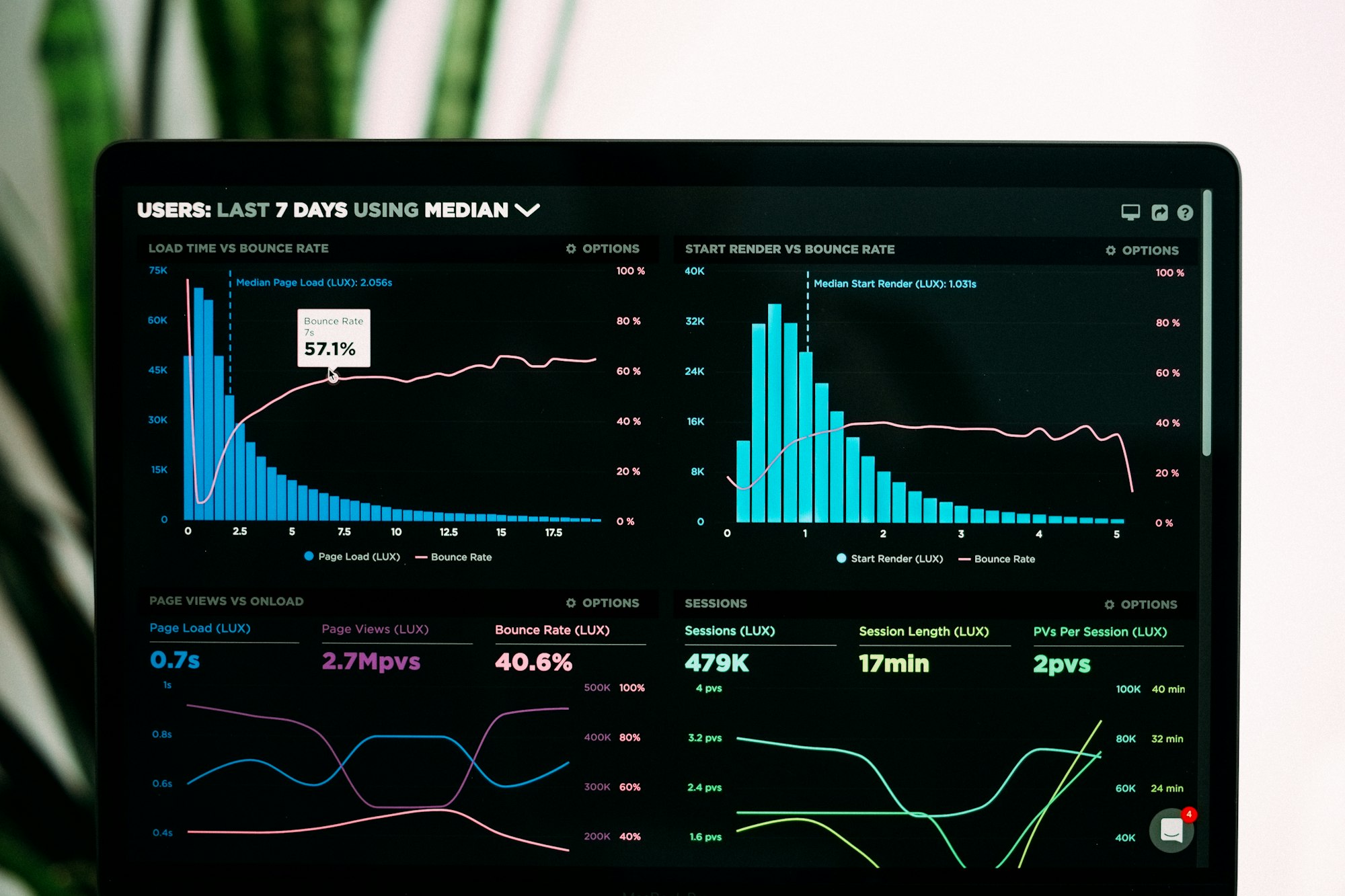What Is Proof of Reserves? How it Saves You From Losing Your Crypto
You risk losing money stashing funds in a poorly audited system. Assessing an exchange platform's Proof of Reserves (POR) tells if it's worth keeping your cryptogenic assets.

The FTX insolvency and subsequent bankruptcy came with a negative frenzy. And many crypto users now doubt the credibility of other exchange platforms. It's no news that many companies, including Solana, had their funds trapped in the collapse.
This could happen to anyone stashing funds in a poorly audited system. But to restore user-platform trust, popular exchange platforms have started implementing a Proof of Reserves (PoR).
What is Proof of Reserves? Learn more about it and know how far you can trust your chosen cryptocurrency exchange platform.
What Is Proof of Reserves and How Does it Work?
Proof of Reserves (PoR) is an auditing procedure that ensures a crypto company has enough liquid assets to back up customers' funds. It compares the total amount of customers' balances with a crypto exchange company's reserve.
To ensure transparency in the process, the concerned company typically hires an independent auditing firm to conduct the PoR.
A PoR helps clients fact-check a company's solvency, building trust between customers and the exchange firm. Hence, a solid PoR can tell if a crypto exchange platform is worth keeping your investments.
For instance, a crypto exchange platform with enough reserves has a low chance of going bankrupt. But even if it declares bankruptcy, you're sure you won't lose your invested funds since it has enough reserve to pay back what you initially kept.
Proof of Reserves Lowers the Risk of Losing Your Funds
Although FTX crashed, a prior Proof of Reserves could've helped customers verify the company's solvency and save them from losing their money. Unfortunately, Sam Bankman-Fried channeled their funds into Alameda Research due to poor auditing, locking customers' funds in FTX's Chapter 11 bankruptcy protection.
Proof of Reserves is becoming more adopted post-FTX crash—especially after Binance reiterated its commitment to complete transparency using the PoR in one of its tweets on November 28, 2022. However, the firm had previously released details of its hot and cold wallet addresses via the Binance Blog.
As part of our Proof of Reserves (PoR) process, #Binance is working with a 3rd party auditor to provide proof of ownership.
— Binance (@binance) November 28, 2022
You will likely see some large transfers between #Binance’s owned wallets throughout the day as a result of this.
Funds are SAFU.
Crypto.com also released its PoR audit report to its 70 million users on December 9, 2022. So far, Binance and Crypto.com are among the top pioneering platforms that recently made their PoR public to users.
Although Jesse Powell, Kraken Exchange CEO, faults Binance's PoR strategy in a tweet due to liabilities omission, hopefully, we'll see more platforms adopt an inclusive PoR audit soon.
I'm sorry but no. This is not PoR. This is either ignorance or intentional misrepresentation.
— Jesse Powell (@jespow) November 25, 2022
The merkle tree is just hand wavey bullshit without an auditor to make sure you didn't include accounts with negative balances. The statement of assets is pointless without liabilities. https://t.co/b5KSr2XKLB
A release of such an audit report (PoR) will help customers verify if a crypto exchange platform can pay them back in the advent of a shipwreck. Thus, a PoR doesn't only help a trading platform win back customers' trust, but it also evaluates its market stance.
